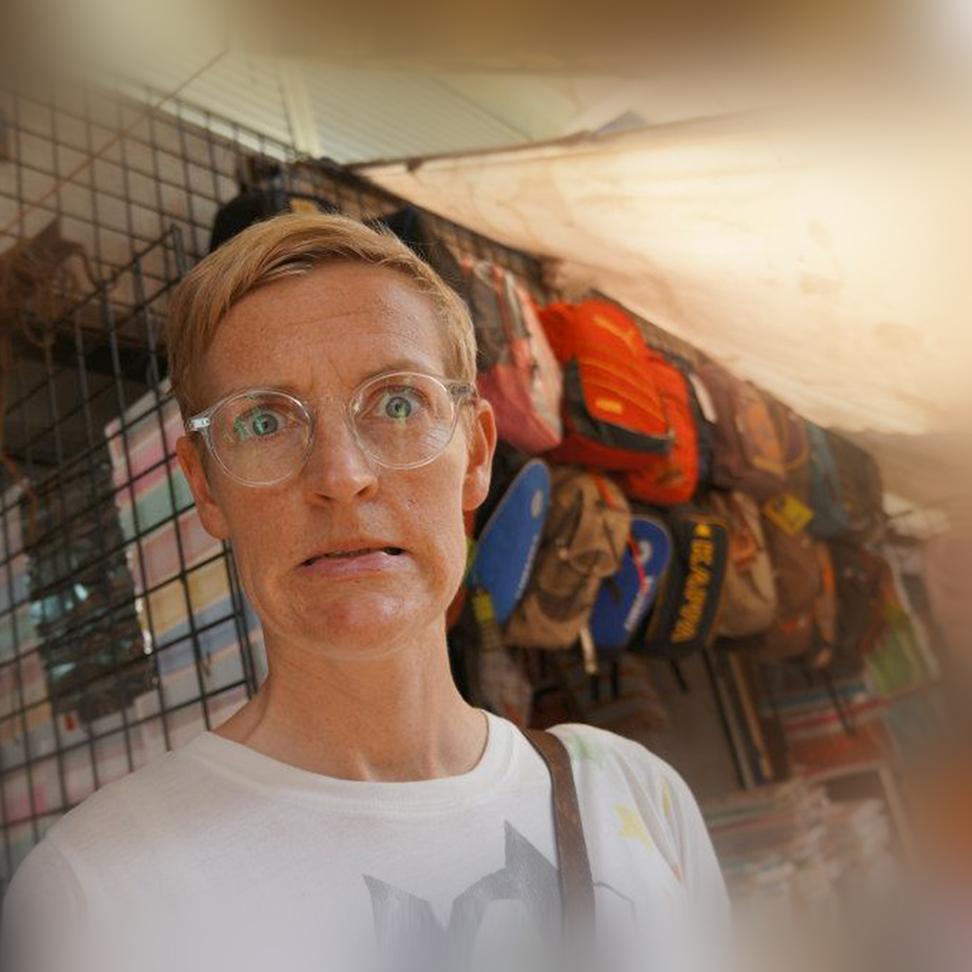If you’ve ever booked a hotel, chances are you’ve had a look at the stars and tried to aim for the highest within your budget. But have you ever experienced a 3-star being better than a 5-star? Or one 3-star being completely different from another 3-star?
We all know that stars (in most cases!) are used to signal what level of service and amenities you can expect from a hotel (one being rather limited, and five being excellent), but what you might not know is that there’s no global star rating system. It all depends on what the country you’re in, what region the hotel is in, and what classification system that hotel is being reviewed under. On top of all this, star ratings can also change from website to website, tour operator to tour operator, and, well, you get the idea.
Are there any rules at all?
In the UK, for example, the AA (Automobile Association) is responsible for star ratings, but so are the national tourist boards, such as VisitEngland, the Scottish Tourist Board, Visit Wales and the Northern Irish Tourist Board. In the US, the AAA Five Diamond Award gives out diamonds instead of stars, but Forbes sticks to stars. Switzerland has both Hotelleriesuisse and GastroSuisse, and in Canada there’s Canada Select and BC Hotel Association. And that’s not including TripAdvisor or Expedia’s own star ratings (which are of course user generated, so they vary considerably – even from day to day).
In Europe at least, HOTREC are trying to sort through some of the stardust. They are on a mission to standardise hotel star ratings in 20 countries, and so far, 15 countries are committed to using an (almost) identical set of criteria for hotel classification.
Shoot for the stars
This attempt at consistency is a good thing, as without it we’d get stars all over the place. It’s a little too late in some cases though, as some fancy hotels in Mauritius claim to be 6-stars, the Burj Al Arab in Dubai calls itself a 7-star hotel, and there are even rumours of a 10-star hotel being built somewhere in the Middle East. There is one officially recognised 7-star hotel: the Seven Stars Galleria in Milan, Italy. For 7 stars, the hotel has just 7 suites, the penthouse going for a cool €15,000 – per night. A snip, especially given that it comes with your personal chef and butler.
For a much more reasonable 5-star rating, the top hotels in Spain need a minimum of a “bathroom (bath and shower), telephone in room, central heating, air conditioning in room, lift, bar, safety deposit box in room.” VisitEngland keep things simple (and terribly British), with mandatory full afternoon tea, and in France, unless there’s a massage service on call, you can kiss your 5 stars goodbye.
What can you do to make sure you get the hotel you want?
Aside from reading up on hotel star ratings wherever you’re headed to, the best thing you can do is look up the hotel on review sites and check out guest reviews (you should also check out our 5 exclusive insider tips for getting the cheapest hotel room). Do remember though, that while testimonials on TripAdvisor and similar sites are a great way to get a feeling for your hotel, guest reviews are more likely to represent how much the reviewer liked the hotel rather than the level of service the hotel offered. Pictures, however, are a different matter. While tastes and opinions vary between people, photos are fact. It’s well worth spending 5 minutes clicking through guest photos, so you can be your own judge.
What all this means is that you shouldn’t be afraid to book a 4 or even 3-star rather than that 5-star you had your eye on. You might not have full afternoon tea or your own butler, but chances are you’ll find something just as memorable.


